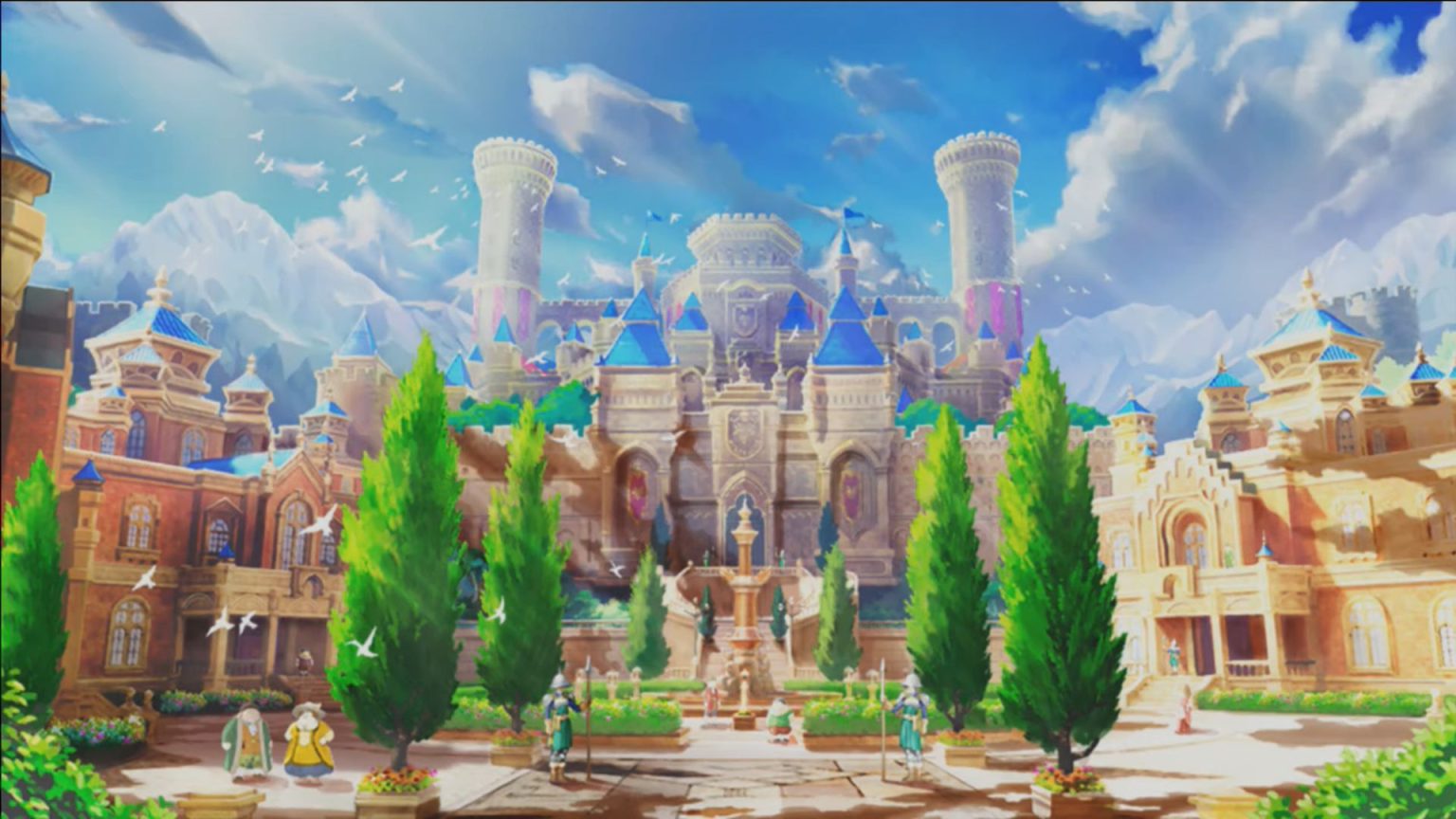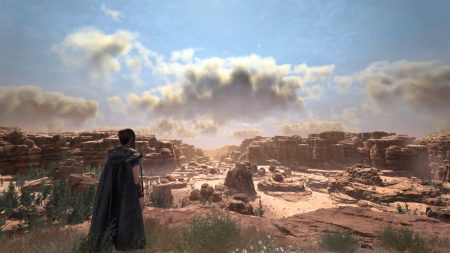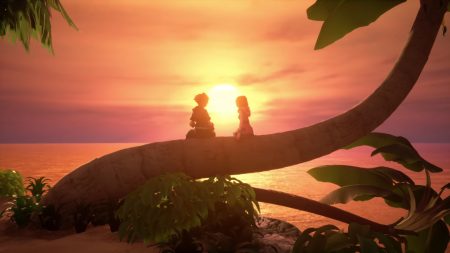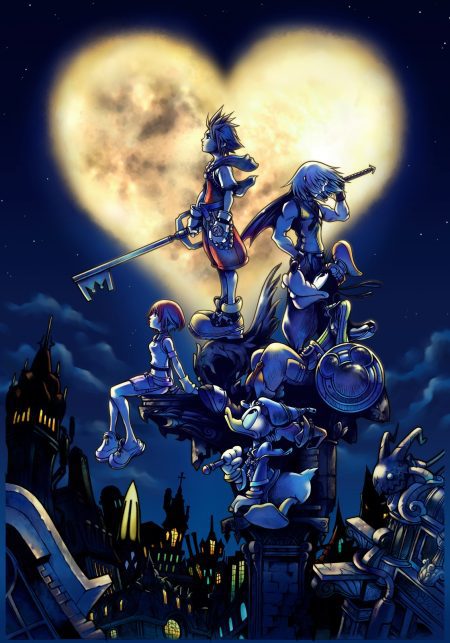Is Square Enix’s Comeback Imminent?
After years of development, Dragon Quest XI released in Japan last month. While this headline would be worthy news in and of itself, the Japanese release of the game was accompanied by confirmation that DQXI would be making its way to the West with the whimsical and poetic subtitle, Echoes of an Elusive Age. While news of the Dragon Quest series making its triumphant return to Western markets ought to please fans worldwide, the localization of DQXI represents something far greater than the well-being of the DQ series: it signifies a major shift in strategy for Square Enix and an exciting turning point in their long and tremulous history.
I’ll just go ahead and say it: 2018 could be a return to form for a company that has for so long been considered lost.
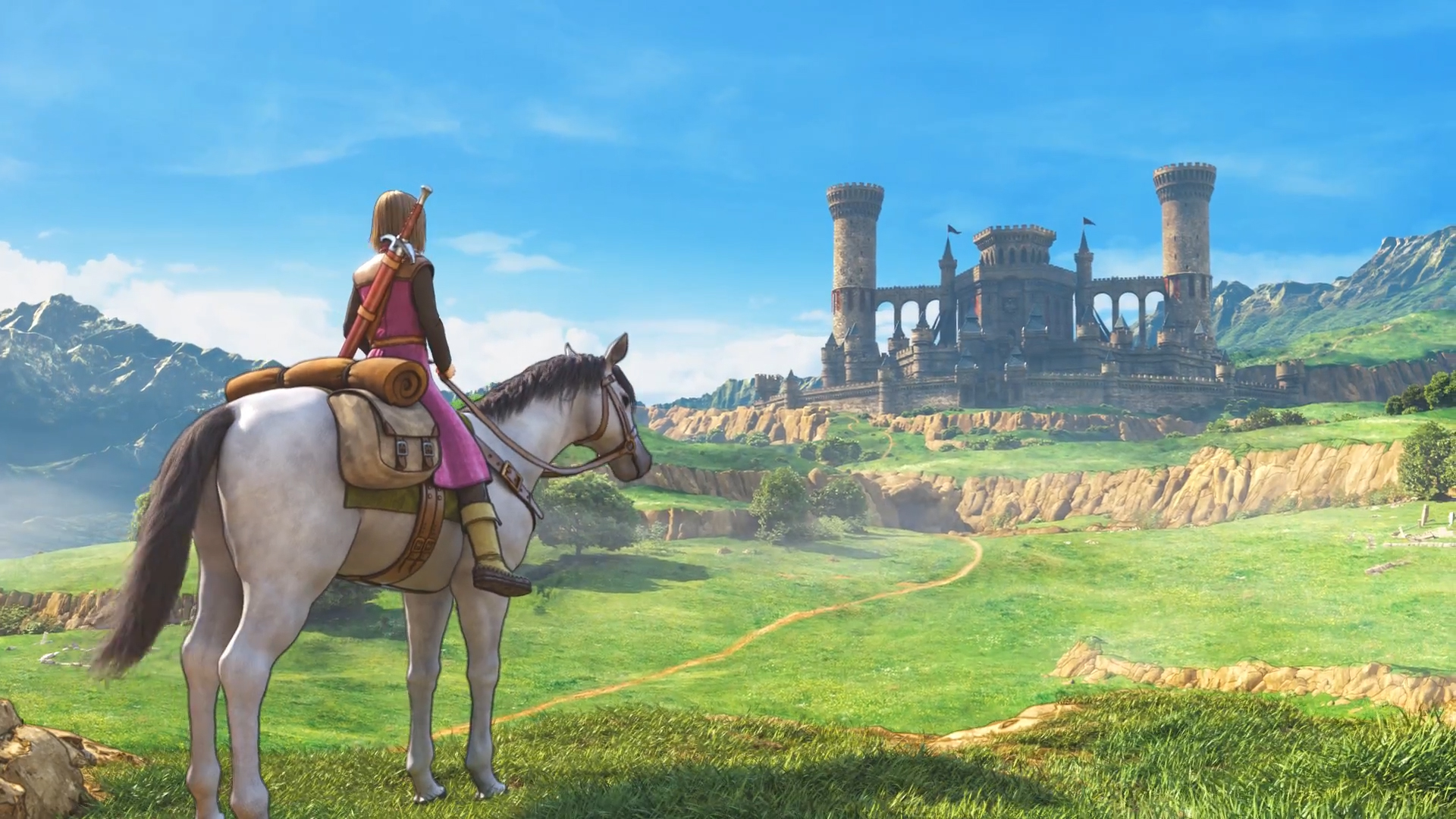
On Top of the World…
While fans and detractors will argue at length on forums about topics like “The fall of Square Enix” and “The true golden age of Final Fantasy,” few can dispute the following statement: 2005-2007 were home to some of the greatest games that Square Enix has ever produced.
First came the release of Dragon Quest VIII on November 15, 2005 in North America, a game widely considered to be, both then and now, the greatest Dragon Quest game in the series. A few months afterwards, March 28 saw the release of Kingdom Hearts II, a sequel that solidified and set the foundation for one of the best selling spinoff franchises in Square Enix history. Then came Final Fantasy XII on October 31, 2006, nearly five years after the last single-player installment in the franchise, Final Fantasy X, bringing a level of unparalleled writing and voice acting to the series. Rounding out the list of mammoth releases was The World Ends With You, a new IP that launched exclusively for Nintendo DS on July 27, 2007 and managed to bring a unique, original story and battle system to a portable system.
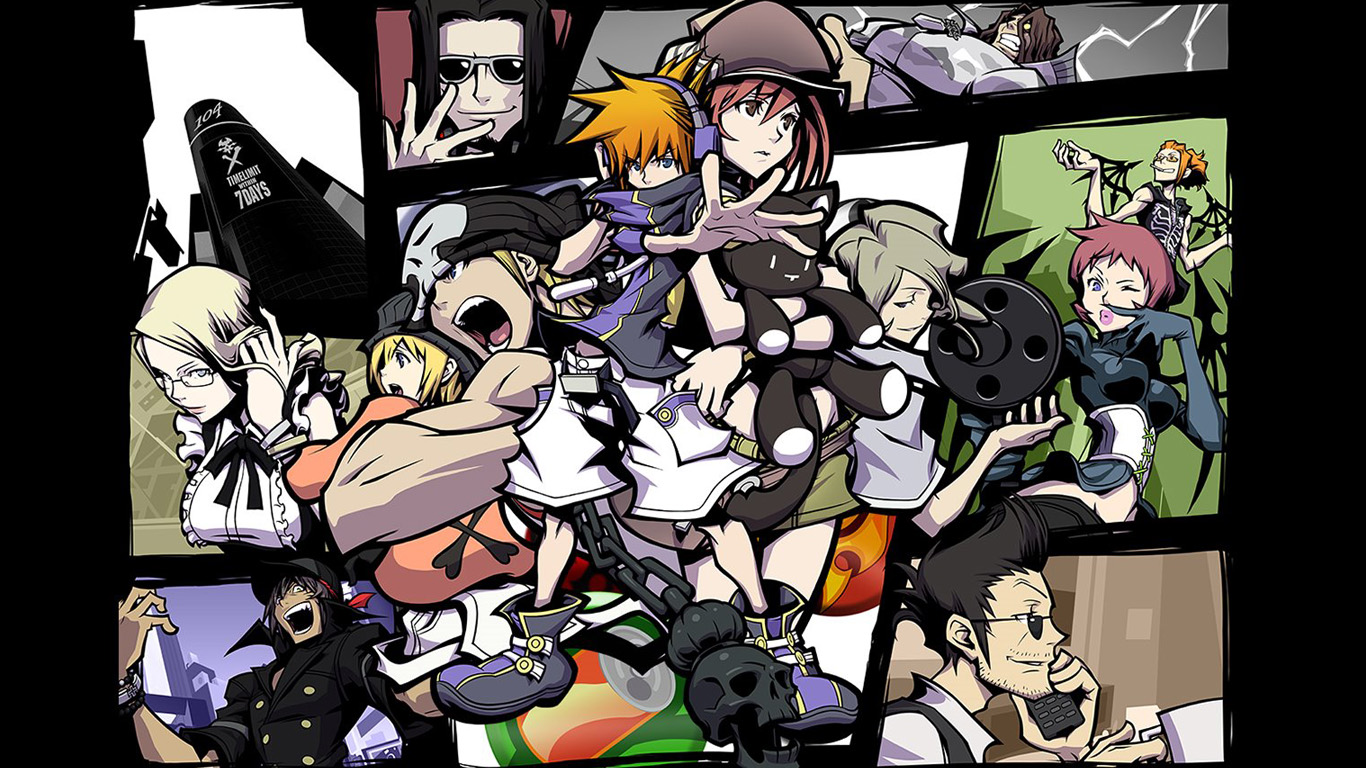
From tried-and-true franchise hits in Dragon Quest VIII and Final Fantasy XII to more recent successes with Kingdom Hearts II and The World Ends With You, the Square Enix that supported the PlayStation 2 and Nintendo DS was an unstoppable force at, or at the very least near, the top of its game. Add to this a number of strong ports brought to new systems, such as Final Fantasy IV–VI Advance and Chrono Trigger for DS, as well as strong portable spinoffs like Crisis Core: Final Fantasy VII and Final Fantasy XII: Revenant Wings, and Square Enix’s dominance during this period becomes all the harder to refute.
…And All the Way Back Down Again.
Compared to Square Enix’s stellar 2005-2007 period of history, the past ten years stand out like a sore thumb. Dragon Quest and Kingdom Hearts have not had a single console-based, non-MMO, non-spinoff title in over a decade. Instead, Kingdom Hearts fans have been treated to an onslaught of portable titles like 358/2 Days and Re:Coded—a compilation of mobile ports and hastily-inspired spinoffs that, while neither adding nor detracting from their excellent console predecessors, make the ongoing absence of a true console installment all the more apparent.
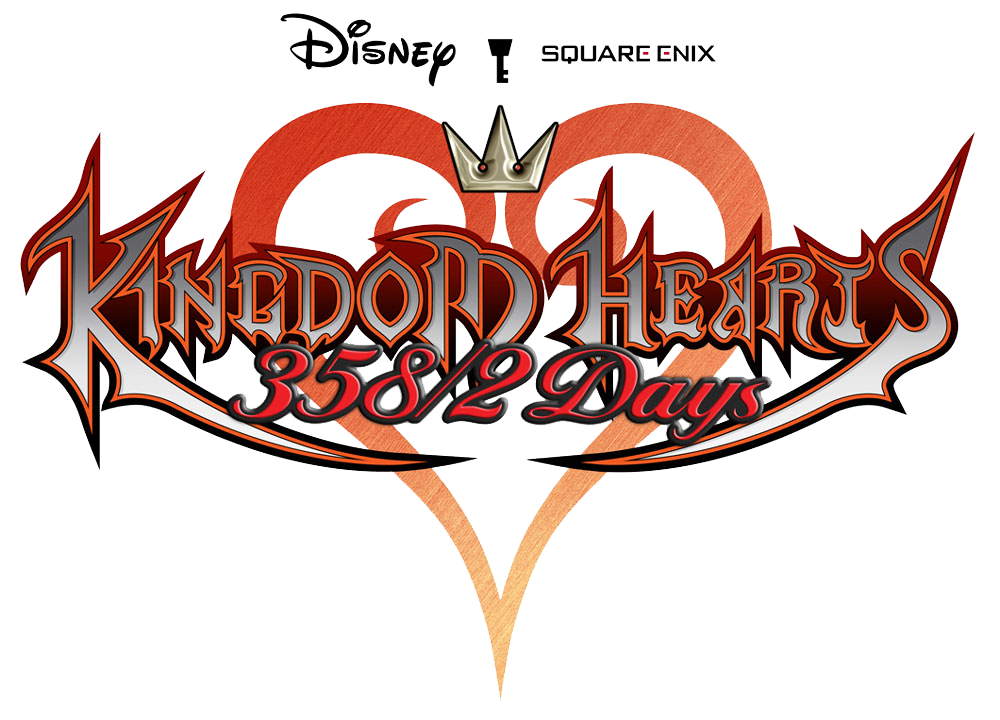
Meanwhile, Dragon Quest IX and X marked radical departures from previous entries in the series, IX being the first portable entry and X being the first massively multiplayer online entry in the DQ universe. IX, while a fine game by most people’s standards, lacked the story-driven tension and grandiose sense of place that Dragon Quest VIII ushered into the series five years prior. Adding salt to the wound, Dragon Quest X was never released outside of Japan, and even then it was relegated to just the Nintendo Wii. Even Dragon Quest Heroes and Builders, which made their way to the West on PS4 as “console” experiences, were hardly more than fun Minecraft– and Musou-inspired diversions that didn’t do much to quench the thirst of an ever-growing (and ever-critical) fanbase looking for the next true epic in the series.
If Dragon Quest and Kingdom Hearts have been through the wringer, then Final Fantasy has been dragged over the coals. Once the stalwart exemplar of cutting edge storytelling, world-building, and gameplay in a sea of like-minded RPGs, Final Fantasy has since lost its footing. Final Fantasy XIII, while a respectable RPG in its own right, failed to live up to the expectations of those who grew up enchanted and enamored by cities such as Midgar and Zanarkand and characters like Aerith and Kefka. Final Fantasy XIV 1.0, with far less to its name, was an unmitigated disaster.
With two strikes under its belt, SE tried to avoid past mistakes and rectify recent failures. The result was a hail mary decision to place all bets on the success of its next installment, a Final Fantasy XIII spinoff titled Final Fantasy Versus XIII, by rebranding it Final Fantasy XV at E3 2013, a move that not only added pressure onto a game and development team that had already been through hell and back for seven years, but also served to add a magnitude of hype, scope, and technical ambition to a project that would ultimately be impossible to achieve.
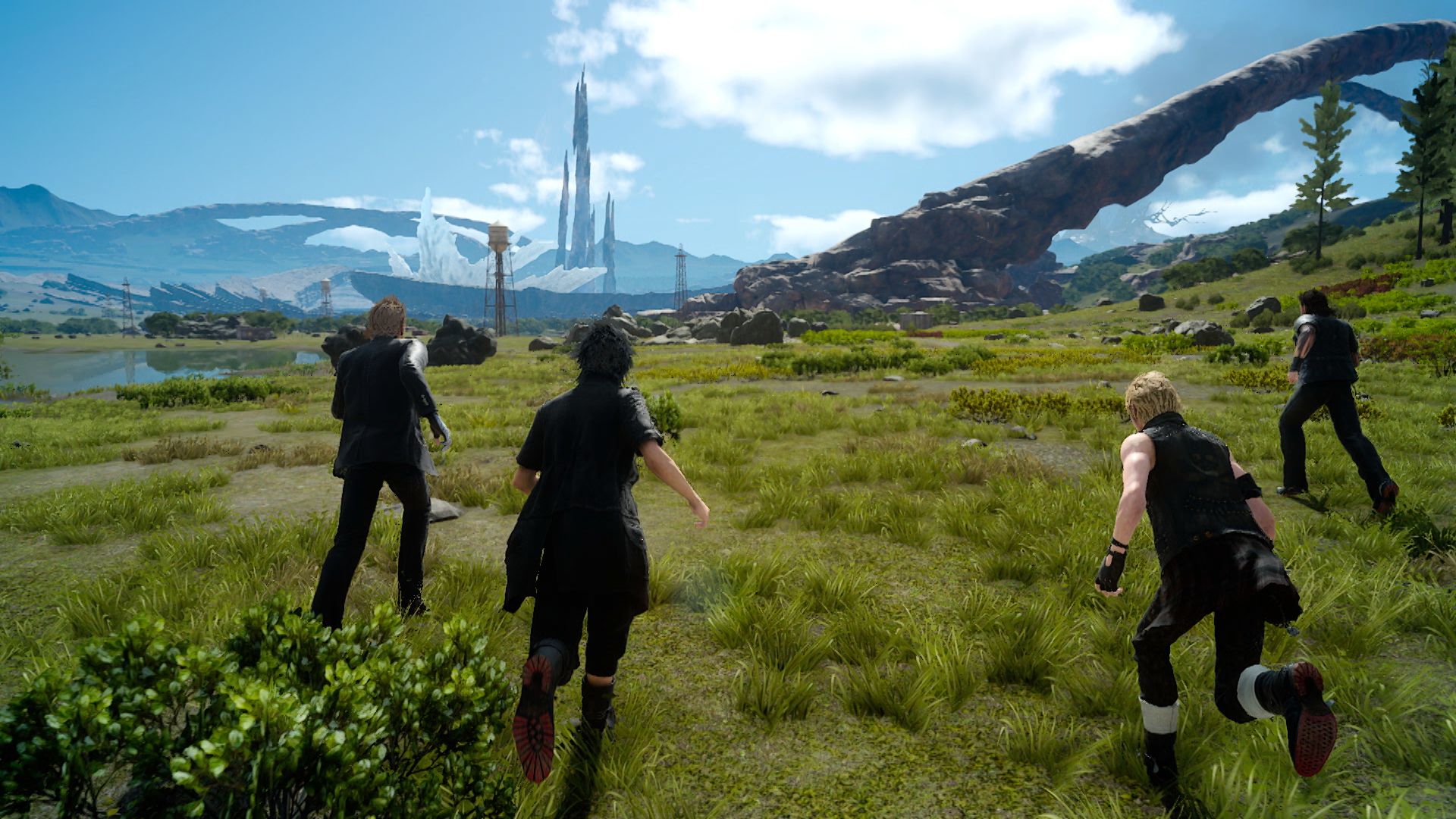
Scraping the Bottom of the Barrel
Adding salt to the wound is the fact that Square Enix has, in recent years, all but forgotten the hardcore base that supported it in years past. The World Ends With You, one of the most unique IP to see release during the previous decade, has been nowhere to be seen, save from an all-too-brief cameo in Kingdom Hearts 3D: Dream Drop Distance, another game whose presence, once again, makes the glaring lack of a proper sequel to Kingdom Hearts II all the more infuriating.
While one can argue that the lack of a sequel to TWEWY has been mitigated by the creation of newer IP such as Bravely Default and I Am Setsuna, both franchises lack the ingenuity and cleverness that was found in 2007’s DS masterpiece. It’s almost as if Square Enix, despite all of its past success and bold decision-making, has finally run out of ideas, choosing instead to cash in on “nostalgia” and “easy money,” rather than risk losing everything on something many would consider “new and exciting.”
In fact, the more I look back on the recent failures from Square Enix to deliver on their flagship brands, the more I notice recurring mistakes that rear their ugly head, time and time again.
The way I see it, there are three common trends that hinder Square Enix more than anything else:
1) A Focus on Portable Games
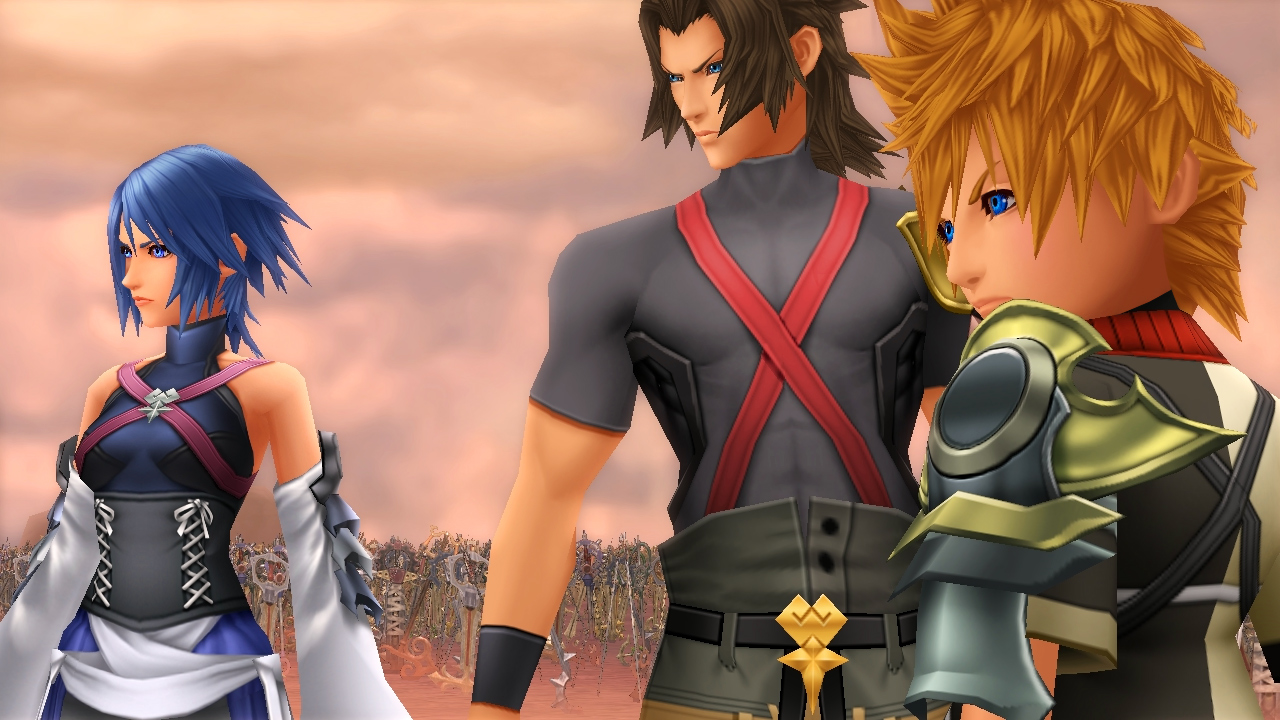
There’s no doubt that console sales have been declining in Japan. For whatever reason, be it the popularity of public transportation or the mass appeal of smartphones, the Japanese simply prefer to play their games on the go. It’s one of the main reasons why the PlayStation Vita has been able to survive in Japan despite bombing overseas. It’s partially why the Xbox One suffered a slow and painful death at the hands of the Japanese-backed PlayStation 4. And it’s almost certainly why Nintendo went all-in on a new console that would support portability above all else.
For Sony and Nintendo, the portable-focused mindset of the Japanese seems to have benefited both publishers. Switch sales are booming, and the Vita and PS4 are keeping pace with 3DS and smartphone software sales, albeit from lower down on the revenue ladder. In Square Enix’s case, however, I’d argue that their new-found reverence for handhelds and smartphones is one of the biggest reasons why they’ve failed to impress their audience over the past decade.
I can count at least four Kingdom Hearts handheld games that have released since Kingdom Hearts II in 2006: Re:Coded, 358/2 Days, Birth by Sleep, and Dream Drop Distance, not to mention all the other ridiculous phone games that will pop up upon a quick search of the App Store/Google Play. Final Fantasy is almost as bad, although to its credit, mainline games have always been strictly console affairs. I can’t credit the same to Dragon Quest, as the follow-up to one of the biggest and most mature JRPGs of all time was limited to the Nintendo DS. Really, Square Enix?
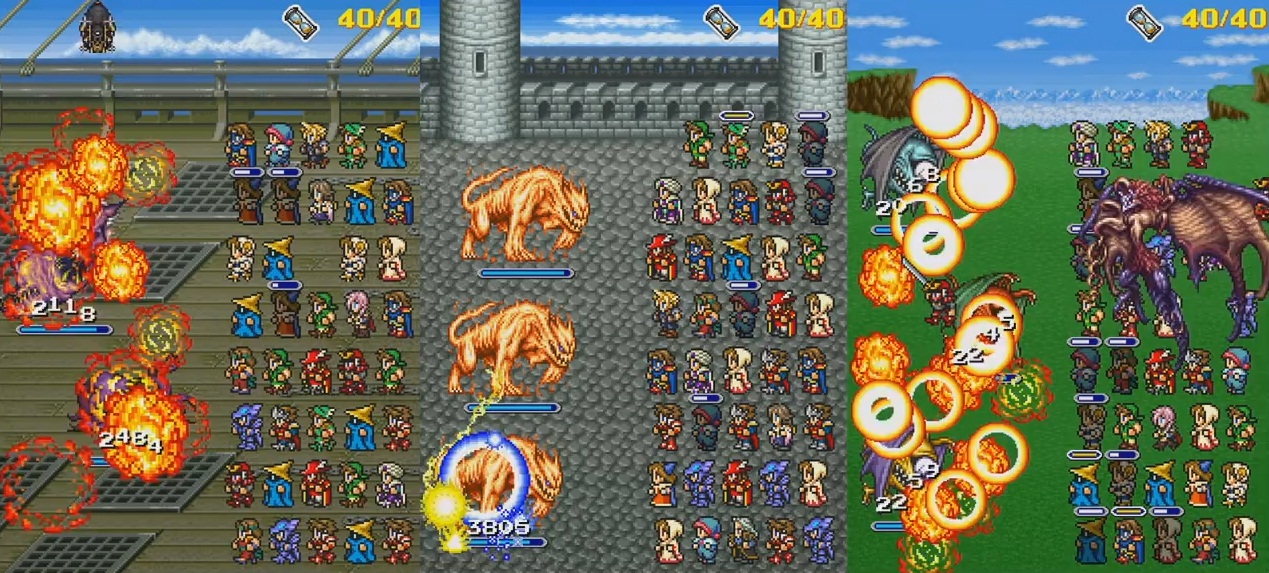
I don’t want to sound like I hate handheld gaming. Portable games absolutely deserve a place in the industry, and games like The World Ends With You showcase this extremely well. When a game like that is built from the ground up for portable play, I cannot help but be impressed.
However, very few portable games have been able to demonstrate their need for portability as well as TWEWY did in 2007. Nintendo’s Phantom Hourglass and Level-5’s Professor Layton series immediately come to mind for their smart and intuitive use of the DS touchscreen as a means of navigation and puzzle-solving. Others, like Kingdom Hearts 358/2 Days and Dragon Quest XI do nothing of the sort, opting instead to replicate the scale of their console brethren despite the obvious limitations of the handheld design philosophy. After all, it’s hard to feel immersed in a giant, sprawling epic when squinting at a 3-inch screen, deciding whether or not to start another 3-minute mission on your 8-and-a-half minute bus ride home from work.
This phenomenon of game-makers wanting to emulate console-level experiences on handheld while being constrained by inferior hardware is a huge reason why Square Enix has fallen so low in recent years. Opting to go where the quick money is, Square Enix has been willing to compromise design vision and gameplay depth in favor of popularity and accessibility.
2) Terrible Project Management

Say what you will about the surge of mobile and handheld shovelware over the years, at least they came out in a timely manner.
When it comes to Square Enix’s bigger AAA projects, almost every single one in recent memory has either been announced too early, released too early, or released far too late. Nothing’s ever on time with these guys. While Final Fantasy XIII came out relatively unscathed, following FFXII after only four years, the rest of Square Enix’s line-up would hardly be so fortunate.
Final Fantasy XIV 1.0 came out in September 2010 as a complete and utter case of “failure to launch.” The game felt so sloppy and rushed that its director, Naoki Yoshida, was forced to go back and re-do the whole game from the ground up. And while Final Fantasy XIV: A Realm Reborn would eventually be one of the best Square Enix games of recent memory, the fact that it was born out of an absolute dumpster fire of necessity doesn’t exactly inspire confidence in the company.
If XIV was a decade too early, then Final Fantasy Versus XIII was about a decade too late. Due to a variety of factors, Kingdom Hearts director Tetsuya Nomura was unable to get this game out the door back on PS3. Perhaps the reason had to do with the fact that he was directing all those Kingdom Hearts spinoffs at the same time? Or that Square Enix handed him a new, barely-tested piece of technology in the Luminous Engine and asked him to make fire out of two cinder blocks and a toothpick?
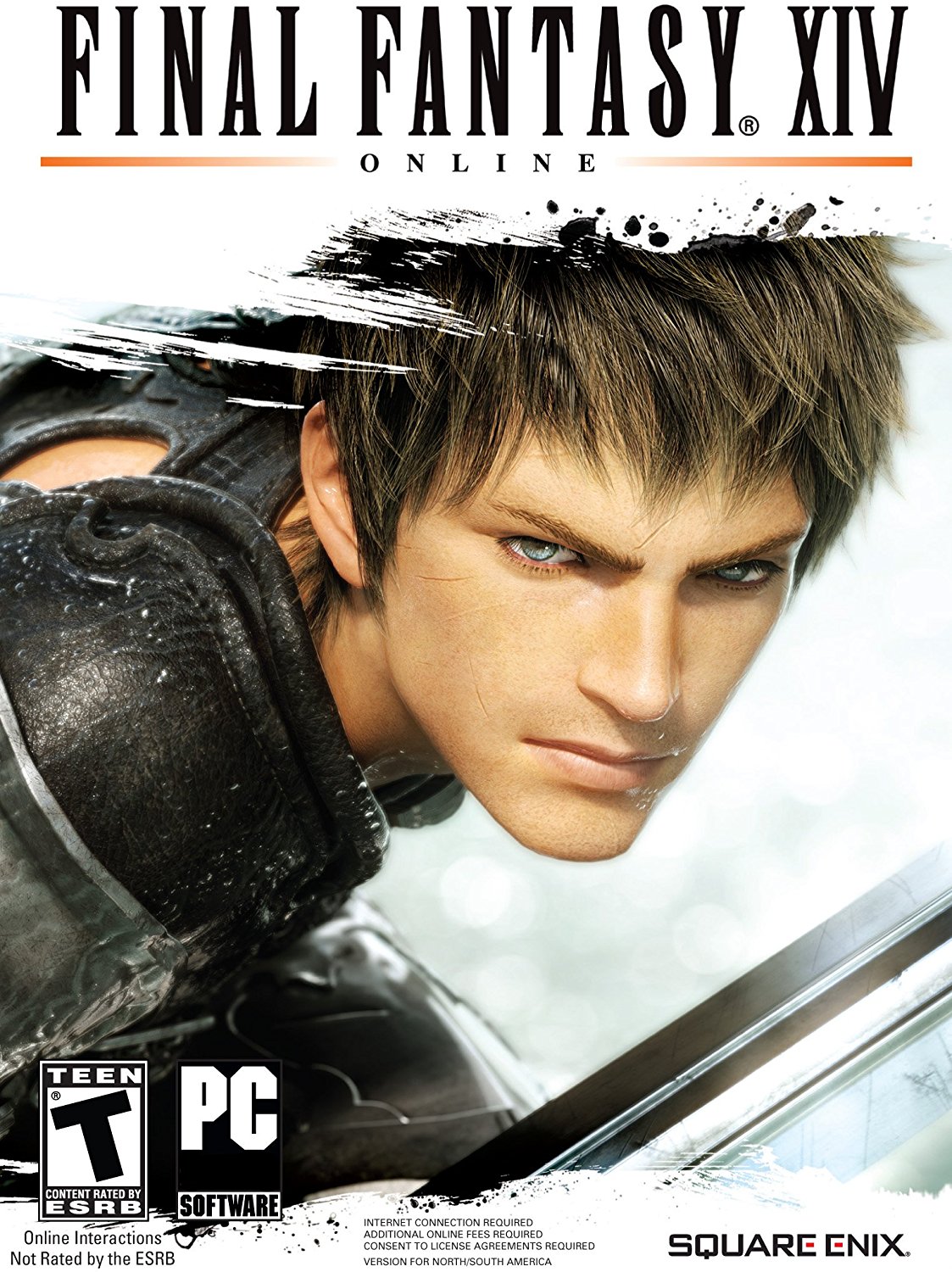
Whatever the case may be, it was clear that Final Fantasy Versus XIII was too ambitious to meet the deadlines set by Square Enix’s upper-management, leading to numerous delays and ultimately the decision to transition to the PS4 and Xbox One. But even then, Final Fantasy XV would suffer an abundance of technical difficulties and setbacks before its eventual release in 2016.
Despite both XIV and XV demonstrating the fact that many of Square Enix’s projects are in need of more delicate supervision, the company doesn’t exactly seem concerned. Between Kingdom Hearts III, The World Ends With You 2 (remember when that was hinted at), Dragon Quest XI, and Final Fantasy VII Remake, Square Enix seems intent on keeping the big game announcements coming, even if they won’t be out for years to come.
3) A Lack of Commitment to New IP

Square Enix is a company that dates back to 1975. With its years of experience, the publisher has its roots in several key franchises. Final Fantasy, Dragon Quest, and Kingdom Hearts are all series that are bound to come up again and again in quarterly financial meetings for investors and shareholders.
For a company with such a long and tenured history, it’s a shame that Square Enix seems so unwilling to invest in new franchises. Games like TWEWY and Bravely Default are the exception rather than the norm, and the inability for Square Enix to commit itself to trying new and exciting things is yet another reason why I believe they’re being held back.
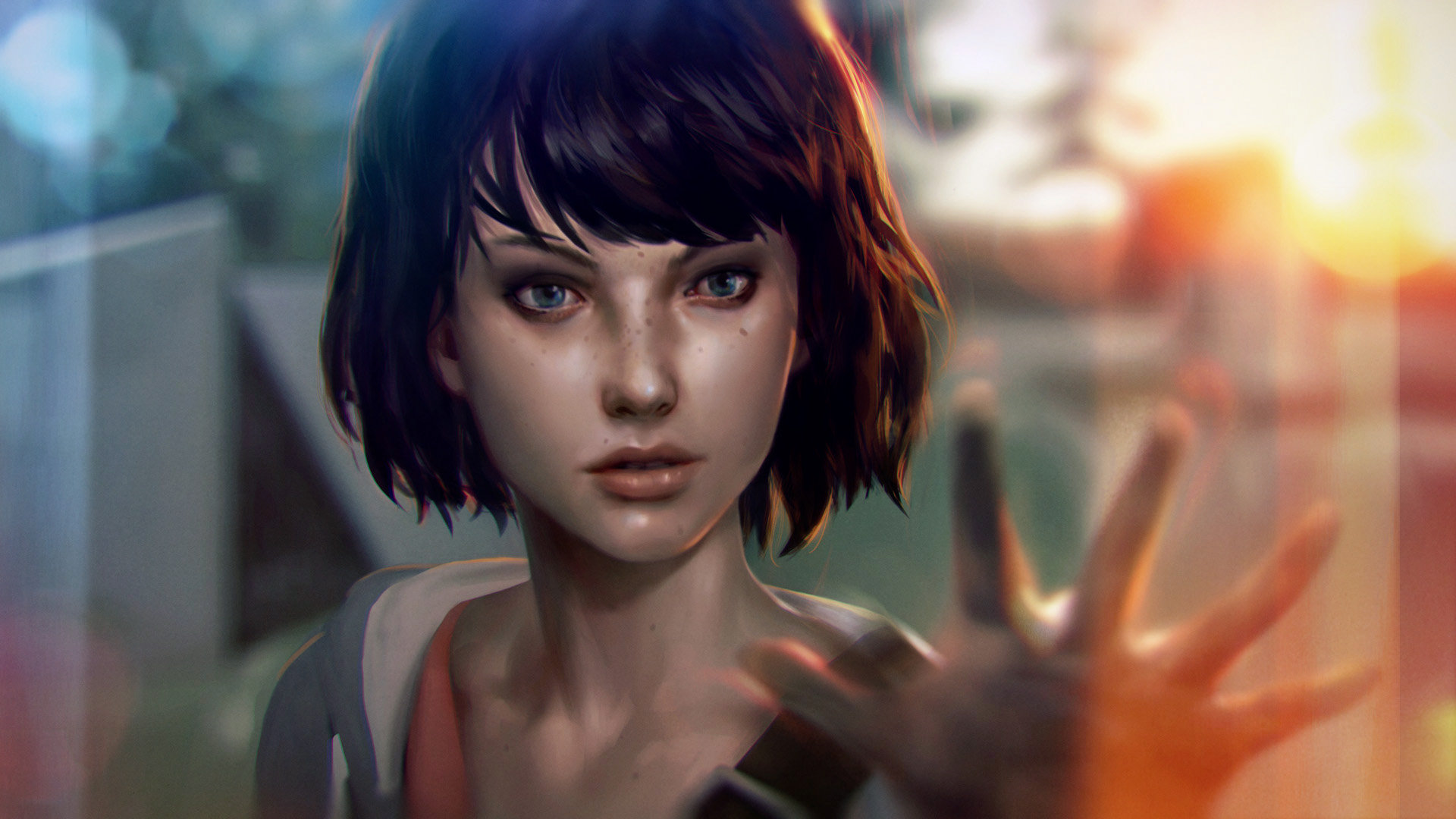
It’s weird to see Square Enix act like this, especially when the western-developed games that they publish seem to represent the exact opposite thinking. Eidos, their subsidiary, takes many risks with its brands. Tomb Raider and Deus Ex had rebooted and reinvented themselves in recent years, as did Hitman and IO Interactive prior to their going independent earlier this year. Square Enix was also responsible for publishing Dontnod’s excellent Life is Strange, an odd pick for a JRPG company that nevertheless showed the potential for Square Enix to be a leader in new and exciting IP.
For Square Enix to truly move forward, they need to start embracing the new and fresh and do away with the tired and cliched.
Why 2018 May Be Different
Up until very recently, Square Enix seemed like it would continue these three trends for the foreseeable future.
However, 2018 looks to be different. Both Dragon Quest XI and Kingdom Hearts III have received 2018 release dates for the West. Better yet, both are full-blown console games, serving as proper successors to the excellent Dragon Quest VIII and Kingdom Hearts II that made the 2005-2007 period of Square Enix’s history so memorable.
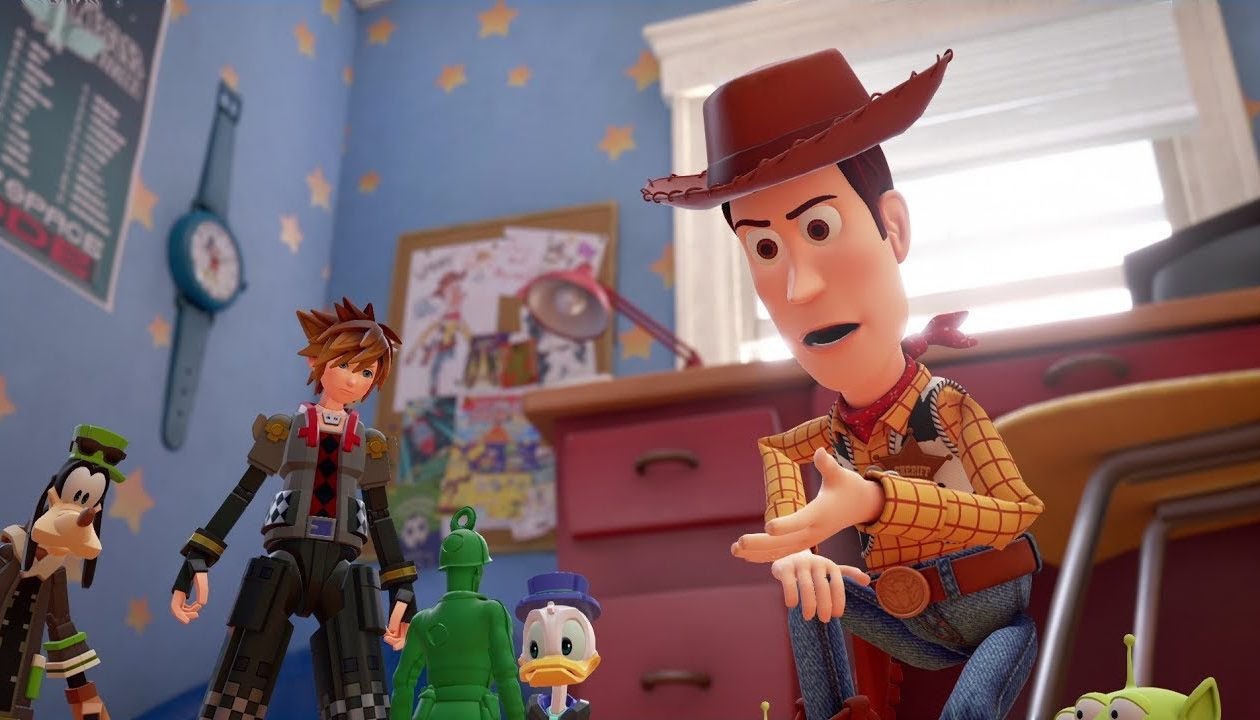
From the technical side of things, both games have been built in the accessible Unreal Engine 4 with little hassle. Nomura didn’t get thrown off of KHIII, nor did the game have to switch consoles mid-development. DQXI is being released in the West, marking the first time a non-spinoff, console Dragon Quest has made it overseas in over 10 years.
Finally, Square Enix is investing in fresh, young talent to grow their IP. After releasing I Am Setsuna to poor commercial success, it was assumed that newly-formed studio Tokyo RPG Factory would be placed on the chopping block. However, months later, the studio is now hard at work on a sequel to the first game, Lost Sphear. Add to that the formation of a new studio, Studio Istolia, led by former Tales of producer Hideo Baba, and Square Enix seems committed to seeing new series emerge under its wings.
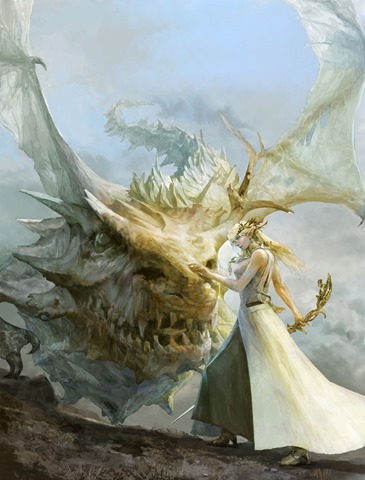
The Long Road Ahead
Square Enix still has a long way to go towards rectifying its past mistakes. There’s always the chance that Dragon Quest XI and Kingdom Hearts III slip past 2018, or that Final Fantasy VII Remake gets stuck in the same development hell that plagued XV.
At the same time, however, I feel hopeful for the future of Square Enix, perhaps for the first time in a very long while. Regardless of whether or not all the dominoes fall into place for the company that had once been the king of JRPGs, one thing is certain: I’ll be cheering for their success every step of the way.
David is the founder of The Punished Backlog. He has a problem finishing games he starts.
Just beat: Donkey Kong Bananza.
Working on: Hollow Knight: Silksong.
Can't wait for: Metroid Prime 4: Beyond.
Follow David on Twitter at @David_Silbert to keep up to date with all things The Punished Backlog.


